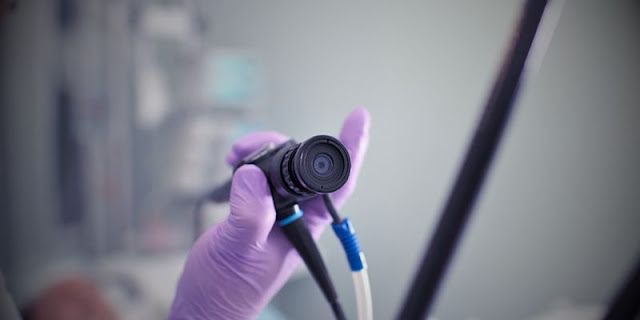Innovative Insights: Bronchoscopy Treatment for Enhanced Respiratory Care
In the realm of respiratory care, bronchoscopy treatment has emerged as a pivotal diagnostic and therapeutic tool, offering unparalleled insights into the complexities of the respiratory system. This minimally invasive procedure allows healthcare professionals to examine the airways and lungs, diagnose various conditions, and deliver targeted treatments.
As respiratory diseases become increasingly prevalent, the role of bronchoscopy in enhancing patient care continues to expand. This blog delves into the intricacies of bronchoscopy, its benefits, applications, and future trends, underscoring its significance in modern respiratory care.
Understanding Bronchoscopy
Bronchoscopy involves the use of a bronchoscope, a thin, flexible tube equipped with a light and camera, to visualize the airways. There are two main types of bronchoscopes:
- Flexible Bronchoscope: Most commonly used, it allows for a comprehensive examination of the airways and is particularly useful for diagnostic purposes.
- Rigid Bronchoscope: Thicker and less flexible, it is typically used for therapeutic procedures, such as removing large obstructions or foreign bodies.
The Procedure
The bronchoscopy procedure typically involves the following steps:
- Preparation: Patients are usually given a sedative or local anesthesia to minimize discomfort. In some cases, general anesthesia may be used.
- Insertion: The bronchoscope is gently inserted through the nose or mouth, passing down the throat into the trachea and lungs.
- Examination: The camera at the tip of the bronchoscope transmits images to a monitor, allowing the physician to examine the airways and collect samples if necessary.
- Treatment: For therapeutic purposes, tools can be passed through the bronchoscope to remove obstructions, deliver medications, or perform other interventions.
Benefits of Bronchoscopy
1. Accurate Diagnosis
Bronchoscopy provides a direct view of the airways, enabling precise diagnosis of various respiratory conditions. It allows for the collection of tissue samples (biopsies), bronchial washings, and secretions for laboratory analysis, which is crucial for diagnosing infections, tumors, and inflammatory diseases.
2. Targeted Treatment
Beyond diagnosis, bronchoscopy is invaluable for delivering targeted treatments. Therapeutic bronchoscopic procedures include:
- Bronchial Thermoplasty: Used to treat severe asthma by reducing the smooth muscle mass in the airways.
- Stent Placement: To keep airways open in patients with airway obstruction due to tumors or other conditions.
3. Minimally Invasive
Bronchoscopy is a minimally invasive procedure, meaning it involves less pain, lower risk, and shorter recovery time compared to surgical alternatives. This makes it an attractive option for both diagnostic and therapeutic purposes.
Applications of Bronchoscopy
1. Lung Cancer Diagnosis and Treatment
Bronchoscopy is essential in the diagnosis and staging of lung cancer. It allows for the visualization of tumors, collection of biopsy samples, and assessment of lymph nodes. Additionally, bronchoscopic techniques such as laser therapy and stent placement can be used to manage symptoms and improve airway patency in lung cancer patients.
2. Management of Chronic Obstructive Pulmonary Disease (COPD)
For patients with COPD, bronchoscopy can help assess the severity of the disease and manage complications. Techniques like bronchial thermoplasty and endobronchial valve placement are used to reduce symptoms and improve lung function.
3. Treatment of Infections
Bronchoscopy is invaluable in diagnosing and managing respiratory infections, including tuberculosis, pneumonia, and fungal infections. It allows for the collection of samples for microbiological analysis, ensuring accurate diagnosis and appropriate treatment.
Conclusion
Bronchoscopy has revolutionized respiratory care by providing a versatile and minimally invasive method for diagnosing and treating a wide range of respiratory conditions. Its ability to offer accurate diagnoses, deliver targeted treatments, and enhance patient care makes it an indispensable tool in modern medicine. As technology continues to advance, the capabilities of bronchoscopy will only expand, further improving its effectiveness and utility.
With innovations like advanced imaging, robotic-assisted procedures, and AI integration, the future of bronchoscopy promises even greater precision and personalized care. For patients suffering from respiratory issues, bronchoscopy offers hope and a path to better health, underscoring its critical role in the ongoing quest to enhance respiratory care.






Comments
Post a Comment